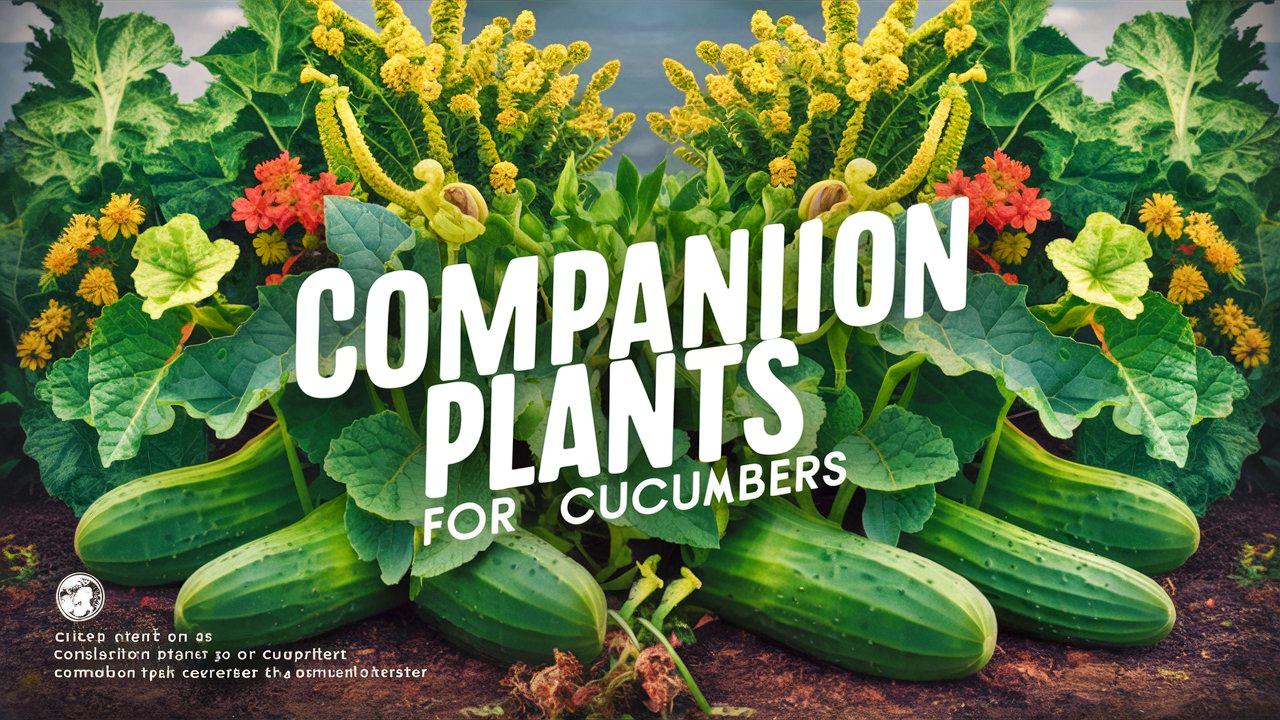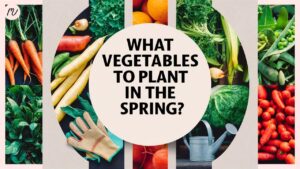Cucumbers are a beloved addition to many gardens, prized for their crisp texture and refreshing flavor. However, to ensure that your cucumber plants thrive, understanding the concept of companion planting is vital.
Companion planting involves selecting plant species that benefit each other when grown in proximity. A carefully curated companion garden can deter pests, enhance growth, and improve flavor. Let’s explore some of the best companion plants for cucumbers, and examine which plants to avoid.
Tomatoes
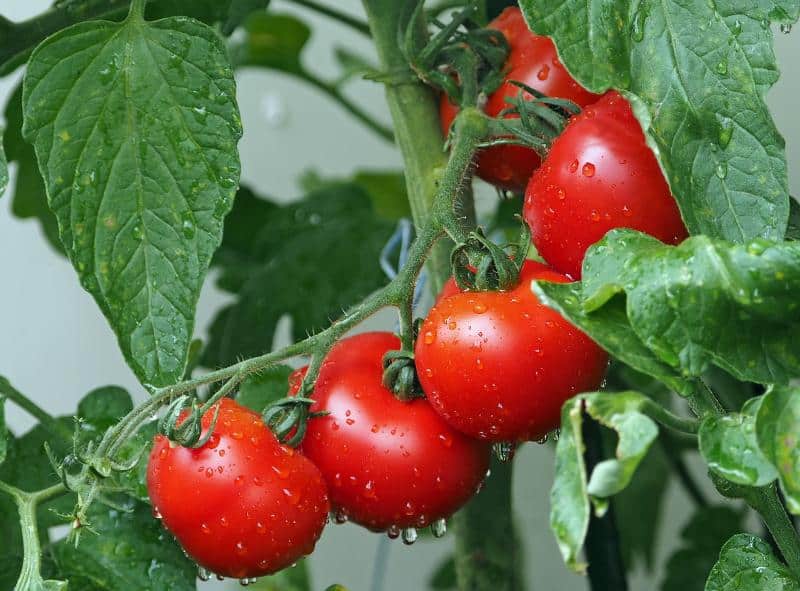
Tomatoes (Solanum lycopersicum) are a fantastic companion for cucumbers due to their complementary growth habits and pest-deterring properties. Both plants thrive in similar soil conditions and require comparable amounts of sunlight and water, making them suitable neighbors. Planting tomatoes alongside cucumbers can help improve the overall yield of both crops. Moreover, tomatoes exude certain aromatic compounds that can repel pests like aphids and melon flies, which are known to attack cucumber plants. However, ensure that both plants have enough space to grow, as tomatoes can become quite bushy and may overshadow cucumbers if not spaced adequately.
Beets
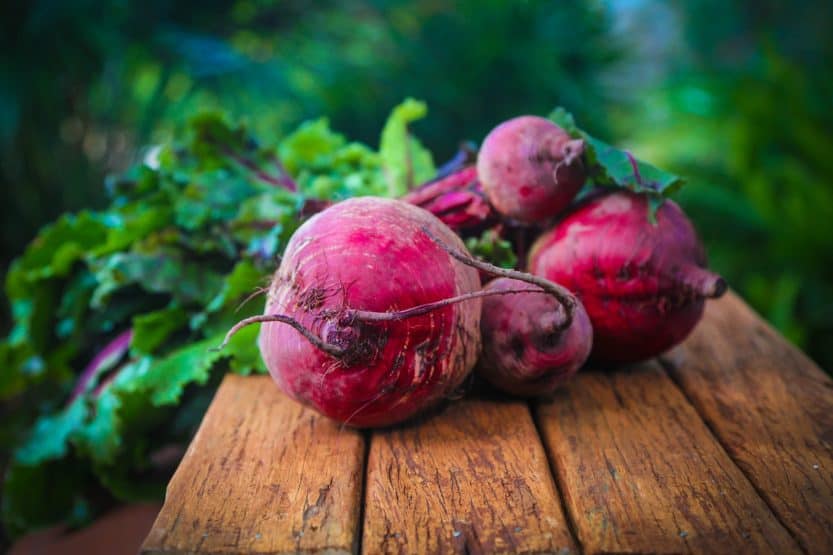
Beets (Beta vulgaris), known for their nutrient-rich roots and vibrant greens, are excellent companions to cucumbers. They have a shallow root system that does not compete aggressively with the deeper-rooted cucumbers, allowing both plants to share nutrients effectively. Additionally, beets can help keep the soil moist, benefiting cucumber growth, especially during hot weather. As an additional advantage, beet greens can be harvested before the beets reach maturity, ensuring that cucumber plants have optimal space and sunlight. Together, they create a balanced ecosystem in your garden.
Corn
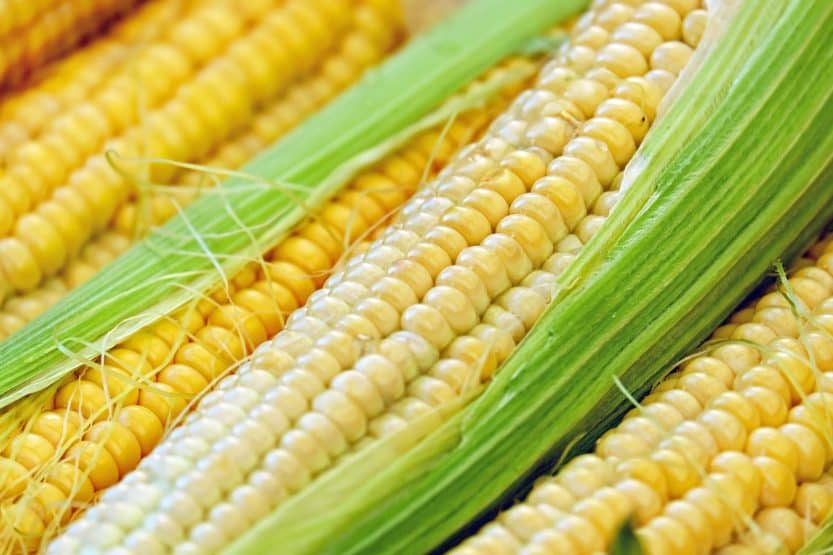
Corn (Zea mays) serves as a natural trellis for cucumbers, making them a perfect duo. Cucumbers are climbing plants, often in need of support to grow upward. By planting cucumbers near corn, the vines can latch onto the corn stalks, reducing the need for artificial trellising. Furthermore, corn is a great companion due to its tall stature, which can provide shade for cucumbers during the hottest parts of the day. This shading helps prevent soil from drying out and reduces stress on cucumber plants, leading to a healthier harvest. However, be cautious of corn earworms and other pests that might target corn, as they could indirectly affect cucumbers.
Sunflowers
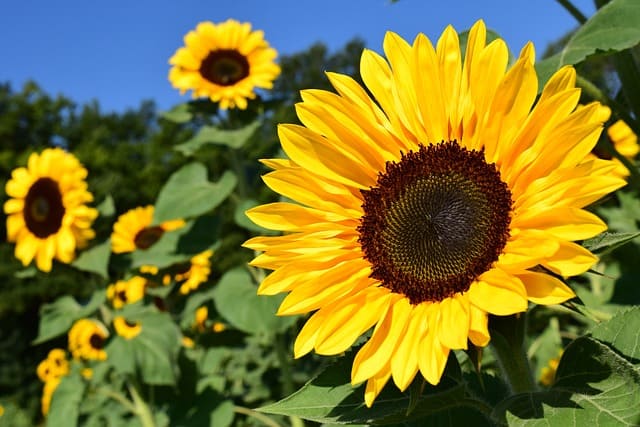
Sunflowers (Helianthus annuus) not only add aesthetic value to the garden but also act as beneficial companions for cucumbers. These towering flowers attract pollinators like bees, enhancing the pollination process for cucumbers, which is vital for fruit development. Additionally, sunflowers can provide partial shade, helping to manage temperature and moisture levels in the garden. Their deep taproots can help break up compact soil, improving aeration and drainage. However, it’s essential to plant sunflowers at a distance that allows ample sunlight for cucumbers, as too much shading can inhibit their growth.
Dill
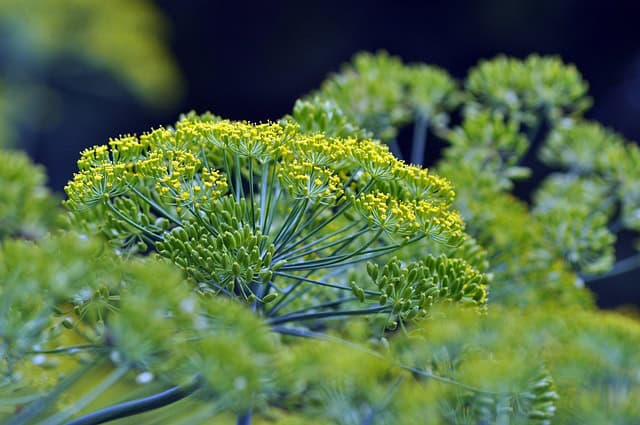
Dill (Anethum graveolens) is a well-known culinary herb that makes an excellent companion plant for cucumbers. This herb attracts beneficial insects such as ladybugs and lacewings, which prey on common cucumber pests like aphids and spider mites. Moreover, dill can enhance the flavor of cucumbers, especially when harvested at the right time and used fresh. However, be mindful when planting dill, as it tends to self-seed and can become invasive if not managed properly. For best results, plant dill in a controlled area of your garden to keep it from overtaking the cucumber patch.
Lettuce
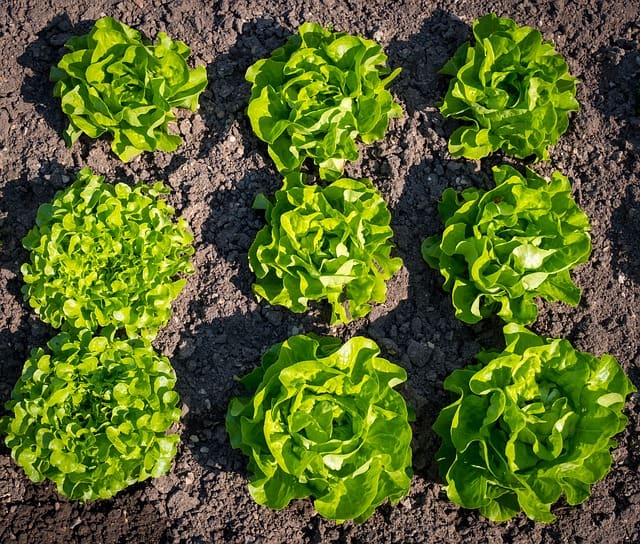
Lettuce (Lactuca sativa) is another beneficial companion for cucumbers, as it grows quickly and has a shallow root system. This allows it to be interplanted with cucumbers, effectively utilizing garden space. Lettuce also benefits from the shade provided by the cucumber vines, particularly during the warm summer months. In return, cucumbers benefit from the moisture retention that the lettuce can offer. Strategic planting, such as sowing lettuce in the spaces between cucumber plants, can yield a bountiful harvest, making the best use of limited garden real estate.
Nasturtium
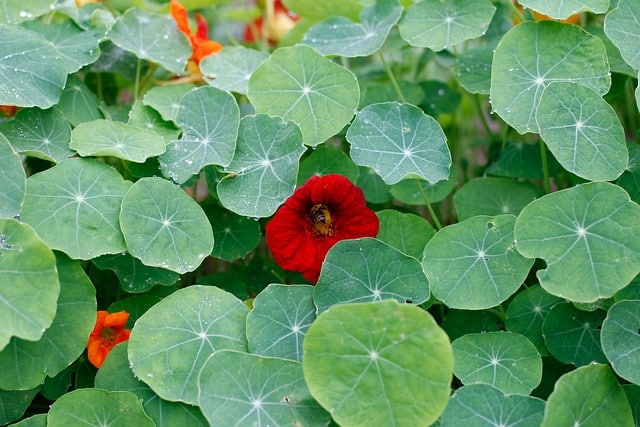
Nasturtium (Tropaeolum majus) is not only visually appealing with its bright flowers but also serves as an excellent companion to cucumbers. Known for its ability to attract beneficial insects while deterring harmful pests, nasturtiums produce a chemical compound that repels aphids, cucumber beetles, and whiteflies. Additionally, nasturtium flowers and leaves are edible, providing a peppery flavor that compliments salads and garnishes. Planting nasturtiums near cucumbers can enrich both the aesthetic and functional aspects of your garden while promoting biodiversity.
Radish
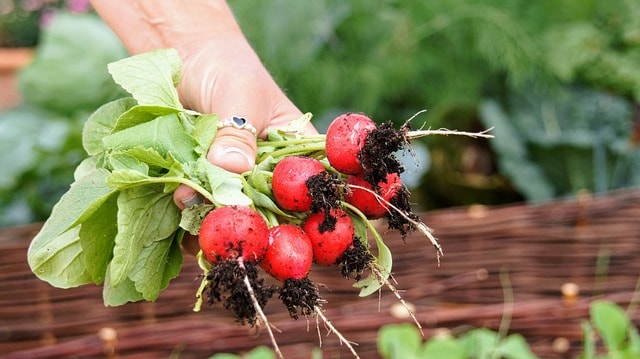 Radishes (Raphanus sativus) are fast-growing root vegetables that pair well with cucumbers in companion planting. When planted together, radishes can help deter pests such as cucumber beetles and aphids, as their pungent smell can mask the scent of cucumbers. Additionally, radishes have a shallow root system that won’t compete significantly with cucumber roots, making them excellent garden companions. They can be planted in early spring, allowing a staggered harvest that can give you fresh vegetables while your cucumbers begin to grow.
Radishes (Raphanus sativus) are fast-growing root vegetables that pair well with cucumbers in companion planting. When planted together, radishes can help deter pests such as cucumber beetles and aphids, as their pungent smell can mask the scent of cucumbers. Additionally, radishes have a shallow root system that won’t compete significantly with cucumber roots, making them excellent garden companions. They can be planted in early spring, allowing a staggered harvest that can give you fresh vegetables while your cucumbers begin to grow.
Marigold
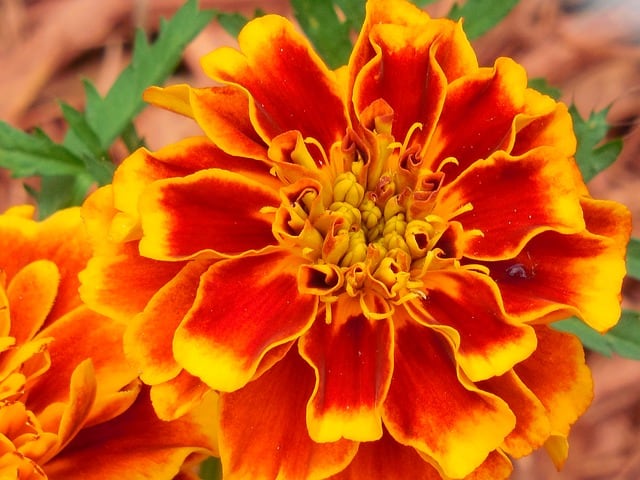
Marigolds (Tagetes spp.) are celebrated for their ability to repel a variety of garden pests, making them a welcome addition to any cucumber garden. These vibrant flowers produce compounds that deter aphids, nematodes, and spider mites, creating a protective barrier around cucumbers. The addition of marigolds not only enhances the visual appeal of a garden but also promotes pollinator activity, which is essential for the successful fruiting of cucumber plants. Their ability to draw beneficial insects such as ladybugs provides additional pest control without sacrificing aesthetics.
Carrots
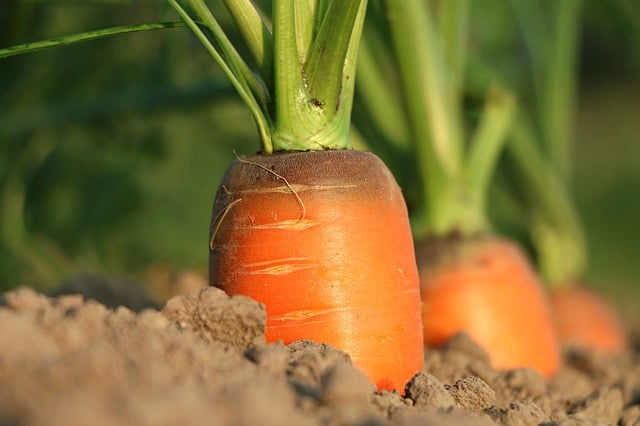
Carrots (Daucus carota) are another excellent companion for cucumbers, as they thrive in the same conditions while utilizing different soil layers. With deep taproots, carrots can reach nutrients that are unavailable to shallow-rooted cucumbers, leading to a mutually beneficial relationship. Furthermore, the presence of carrots can help suppress weeds, ultimately providing cucumbers with a healthier growing environment. Planting carrots in the same bed allows for efficient use of space, enabling both crops to grow harmoniously without significant competition for resources.
Shallots
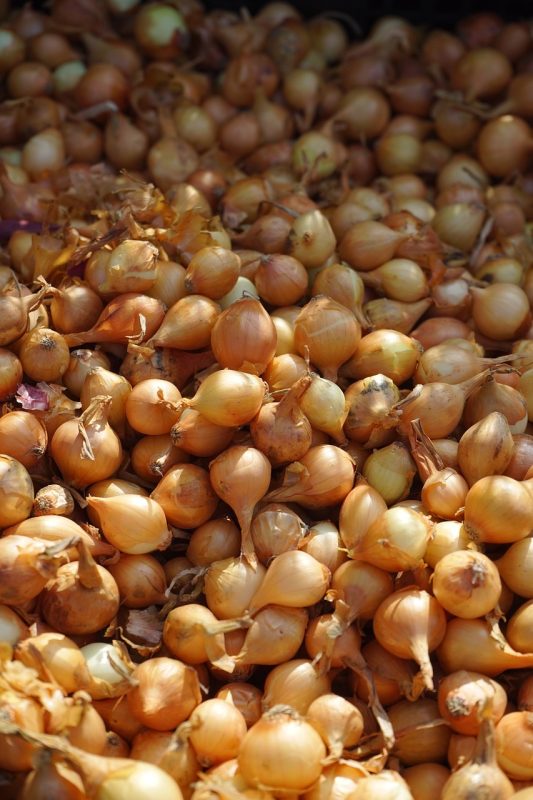
Shallots (Allium ascalonicum) belong to the onion family and are effective companions for cucumbers. Their strong scent can deter common pests such as aphids, cucumber beetles, and even rabbits, making them a natural pest deterrent in the garden. Shallots do not compete heavily with cucumbers for nutrients and space, allowing both to flourish. Moreover, because both plants thrive in similar soil conditions and require similar care, incorporating shallots in a cucumber garden is a practical approach to pest management and efficient utilization of garden space.
Arugula
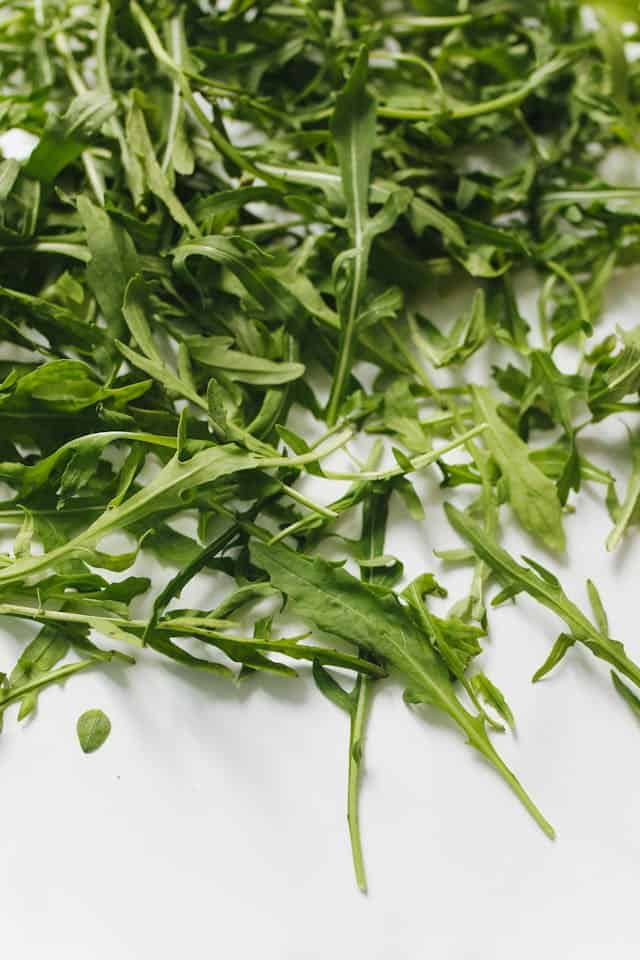
Arugula (Eruca sativa), a fast-growing leafy green, is an ideal companion for cucumbers due to its quick life cycle. By sowing arugula between cucumber plants, you can effectively maximize your garden space and ensure a continuous harvest throughout the growing season. The presence of arugula helps to shade the soil, retain moisture, and suppress the growth of weeds that might otherwise compete with cucumbers. Furthermore, arugula attracts beneficial insects, which can assist in pest control for your cucumbers, creating a thriving garden ecosystem.
Broccoli
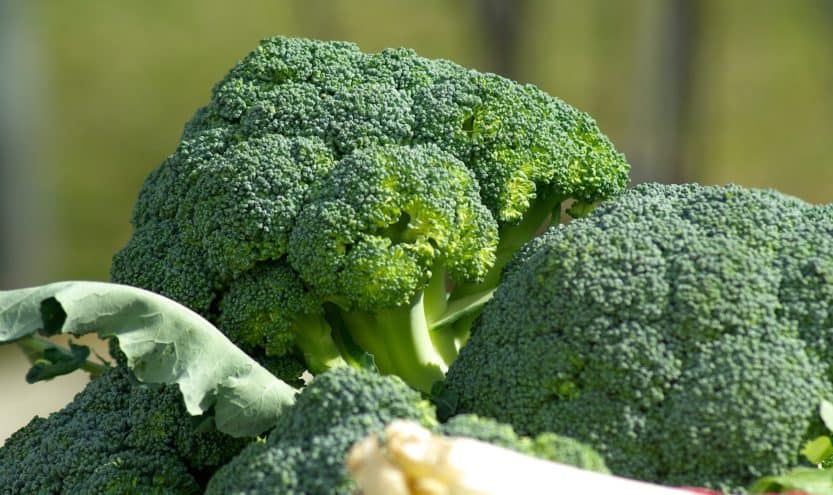
Broccoli (Brassica oleracea) can be a beneficial companion plant for cucumbers due to its capability of deterring some pests that typically threaten cucumbers. The dense foliage of broccoli can help shade cucumbers during summer months, reducing water evaporation and keeping the soil moist. This pairing can particularly benefit cucumbers in regions with hot summers. However, be cautious about spacing; ensure that broccoli does not overshadow cucumbers significantly, as both plants need sunlight for optimal growth.
Beans

Beans (Phaseolus spp.) are remarkable companions for cucumbers, as they provide nitrogen to the soil through a beneficial symbiotic relationship with Rhizobium bacteria in their roots. This natural nitrogen fixation enriches the soil, which can enhance cucumber growth. Furthermore, beans can offer a natural support system as they climb, allowing cucumbers to share vertical space effectively. Planting bush beans alongside cucumbers can also help prevent weeds, providing cover that keeps the soil cooler and moist.
Zinnias
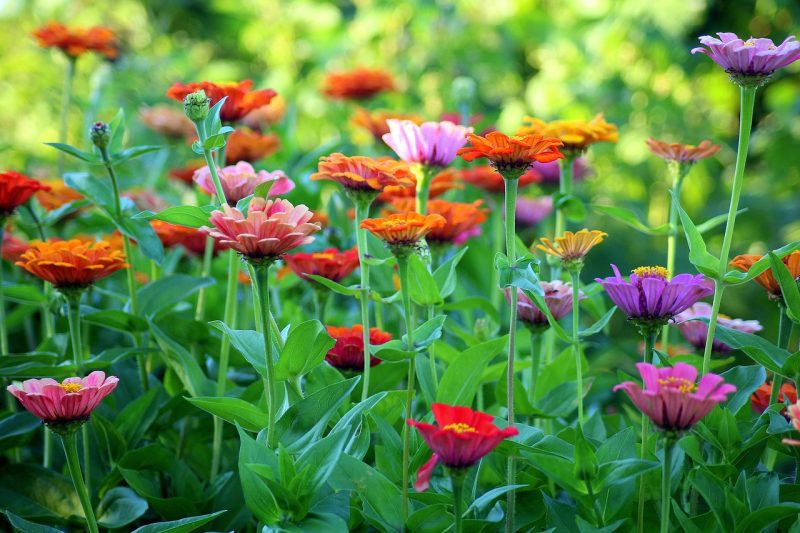
Zinnias (Zinnia elegans) are more than just a pretty face in the garden; they play an essential role as companions to cucumbers. These colorful flowers attract a wide range of beneficial insects, including pollinators, which can enhance the fruiting process of cucumbers. Additionally, zinnias can serve as companion plants that distract pests from your cucumber plants. Their growth habits do not interfere with cucumbers, allowing them to coexist harmoniously. Consider planting zinnias at the edges of your cucumber patch, creating a vibrant flower border that enhances biodiversity and garden health.
Hot Peppers
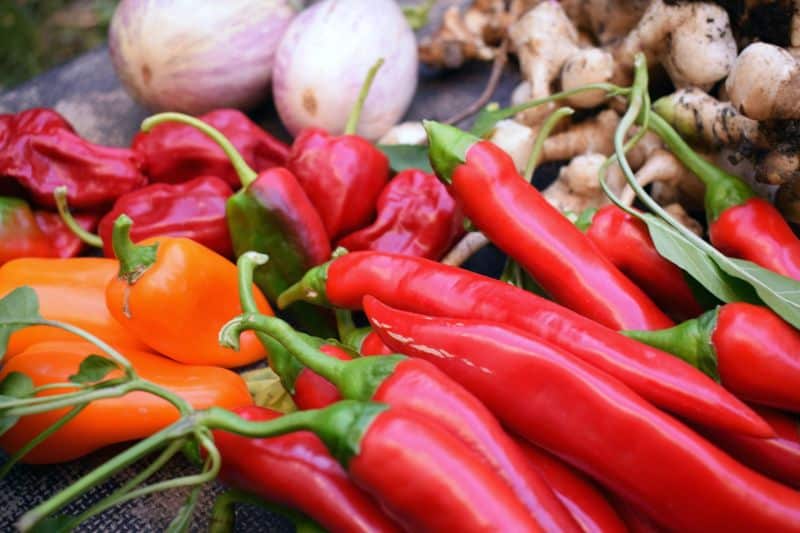
Hot peppers (Capsicum annuum) can be surprisingly beneficial for cucumber plants. The naturally pungent aroma of hot peppers can deter many insect pests that target cucumbers, including aphids and cucumber beetles. Moreover, both plants can thrive together, as they have similar sunlight and water requirements. This pairing creates an efficient use of garden space while allowing for the potential enjoyment of both fresh cucumbers and spicy peppers from the same plot. However, be sure to monitor temperature and moisture levels, as hot peppers may require slightly different care during hotter periods.
What to Never Plant With Cucumbers
While many plants thrive in proximity to cucumbers, certain species should be avoided to ensure the health and productivity of your garden. Here are plants that should not be planted alongside cucumbers:
Sage and mint
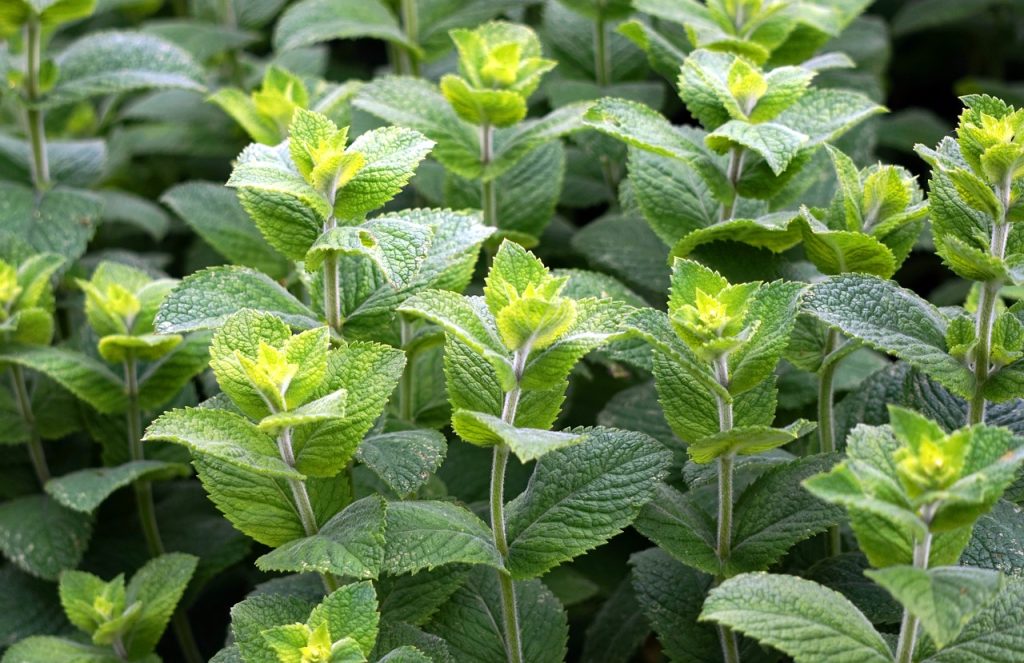
Both sage (Salvia officinalis) and mint (Mentha spp.) are known for their strong scents, which can inhibit the growth of cucumbers. These herbs contain compounds that can lead to poor yield and reduced flavor in cucumbers. Additionally, mint can be invasive, potentially overwhelming cucumber plants if not contained properly.
Basil
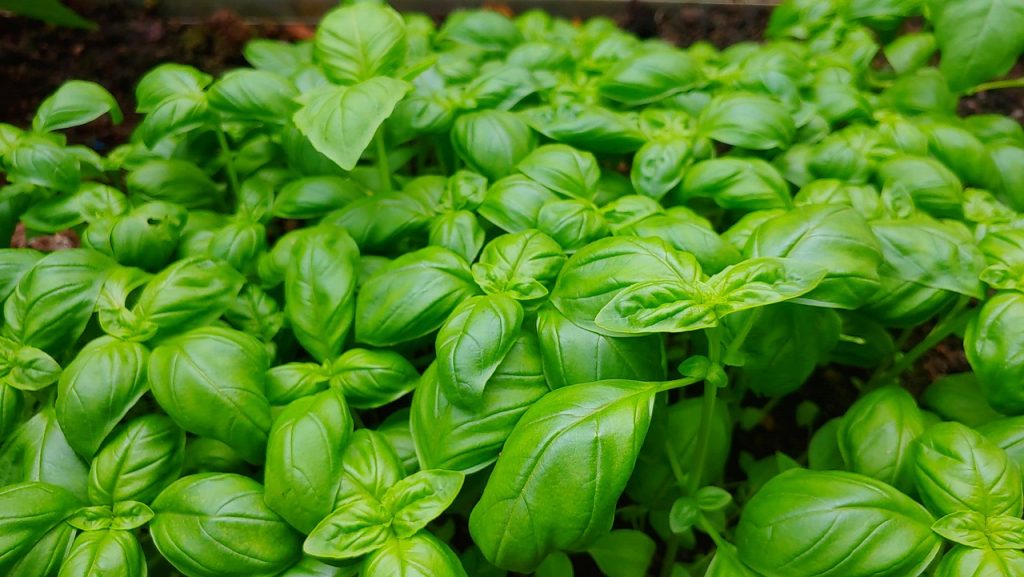
Basil (Ocimum basilicum) may be a favorite for culinary enthusiasts, but it can negatively impact cucumbers’ growth. The two plants produce certain compounds that inhibit each other’s development. If you’re looking for aromatic herbs, consider alternatives that are more compatible with cucumbers.
Fennel
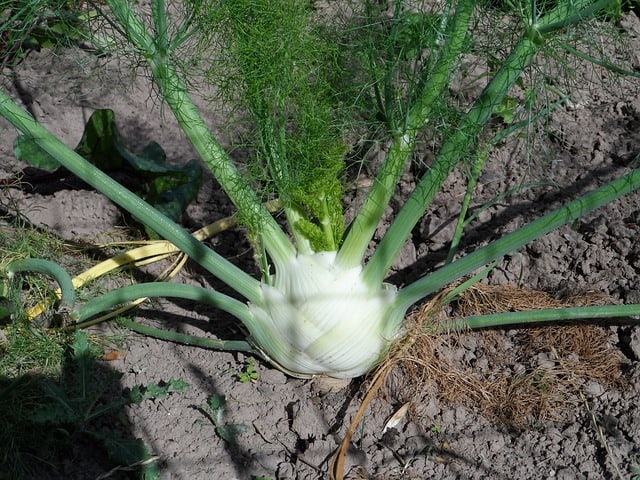
Fennel (Foeniculum vulgare) releases allelopathic chemicals into the soil, which can inhibit the growth of neighboring plants, including cucumbers. This adverse interaction can lead to stunted growth and poor fruiting. Fennel should be kept far away from cucumbers to avoid detrimental effects.
Potatoes
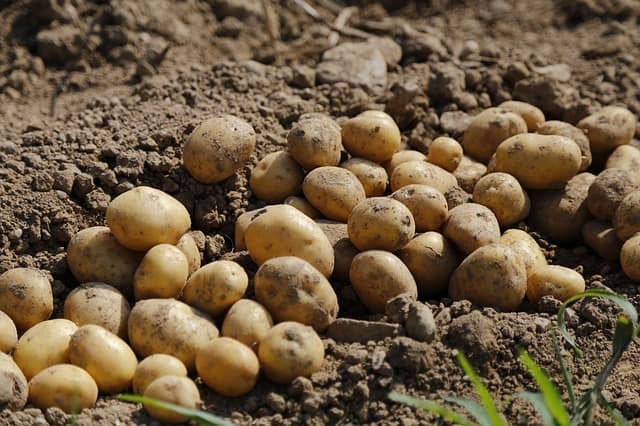
Potatoes (Solanum tuberosum) are vulnerable to pests and diseases that can also affect cucumbers. The presence of potato beetles and other pests can lead to infestations that harm adjacent crops. Additionally, both plants compete for nutrients in the soil, potentially leading to weakness and reduced yields.
Watermelon
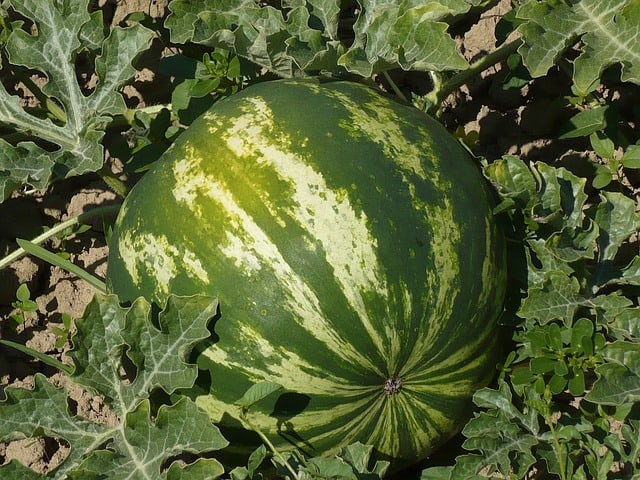
Watermelon (Citrullus lanatus) and cucumbers belong to the same family and can compete heavily for nutrients, ultimately harming both plants. Their sprawling nature means they can take up valuable space and may not coexist peacefully in a garden.
Cantaloupe
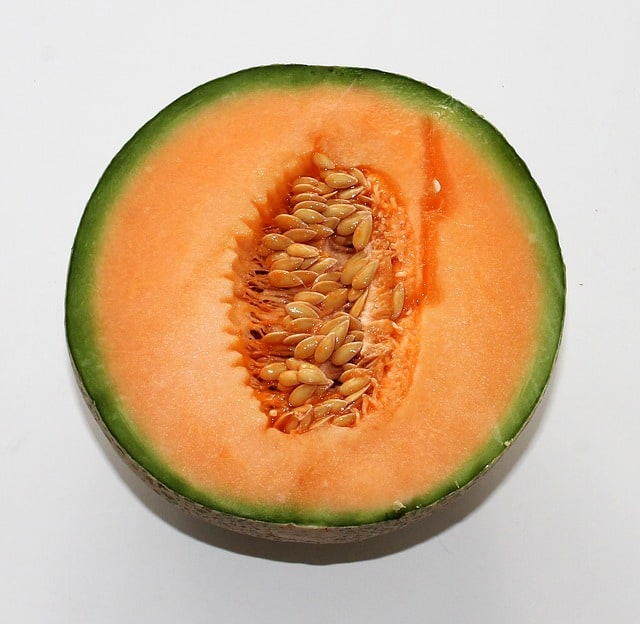 Similar to watermelon, cantaloupe (Cucumis melo) competes with cucumbers for water and nutrients. Their growth habits may also lead to overcrowding, which can stifle the growth of cucumbers and increase the risk of diseases spreading between both plants.
Similar to watermelon, cantaloupe (Cucumis melo) competes with cucumbers for water and nutrients. Their growth habits may also lead to overcrowding, which can stifle the growth of cucumbers and increase the risk of diseases spreading between both plants.


